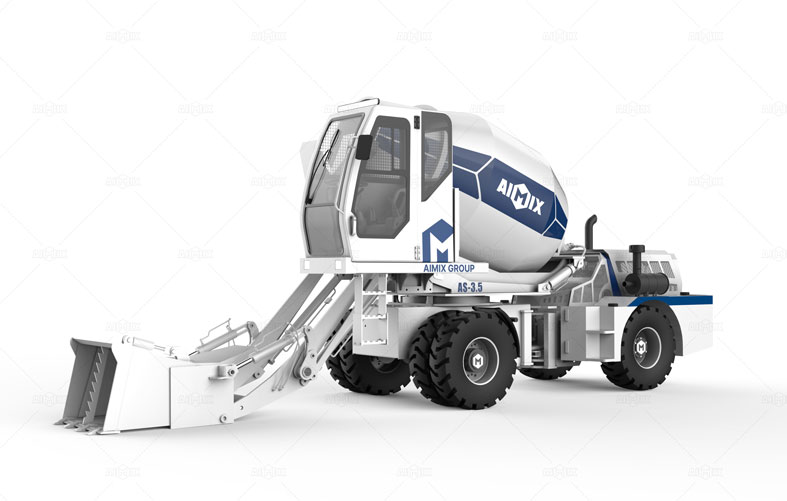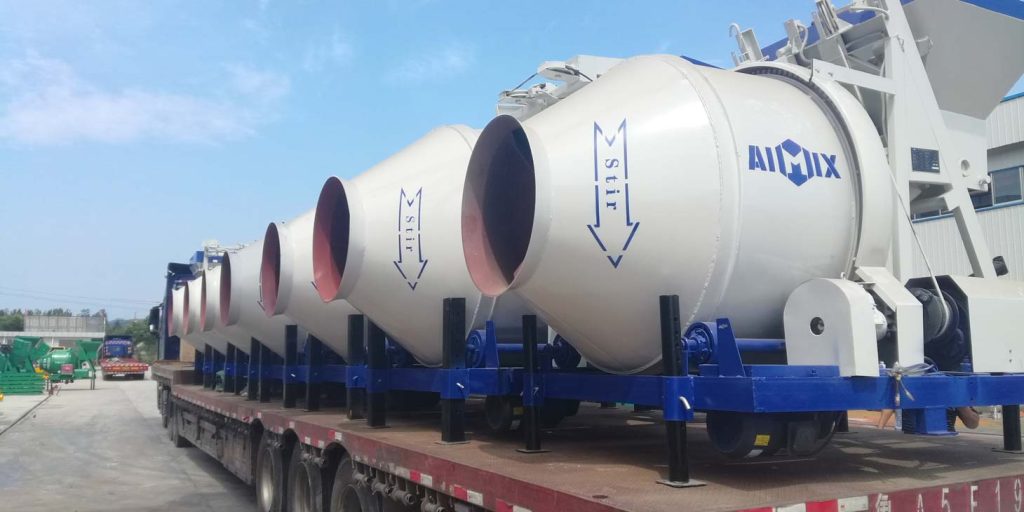The Philippine construction market presents unique challenges that make mixer selection more than just a price comparison—it’s a strategic decision impacting project timelines and profitability. Between traditional portable drum mixers and innovative self loading cement mixer models, contractors face a complex calculus of upfront costs, operational efficiency, and long-term value. This analysis breaks down the true cost differentials across equipment classes, accounting for the archipelago’s diverse working conditions from Manila’s congested urban sites to Mindanao’s remote project locations.

Initial Investment: Understanding the Price Spectrum
Portable tilt-drum mixers dominate the budget segment, with Philippine prices ranging from ₱85,000 to ₱250,000 for 0.5-1.5m³ capacity units. These diesel-powered workhorses offer basic functionality but require substantial ancillary equipment—front-end loaders for material handling and additional labor for operation.
Self-loading mixers command premium pricing (₱1.2M-₱2.5M) but consolidate multiple functions. The price of cement mixer in the philippines differential reflects their integrated material handling systems, hydraulic weighing mechanisms, and automated controls. Mid-range models now feature GPS-enabled production tracking—a valuable tool for contractors managing multiple projects under Build Build Build program requirements.
Operational Economics: Hidden Costs and Savings
Labor costs dramatically alter the financial picture. A standard portable mixer needs 3-4 workers for efficient operation, while self-loading units function with 1-2 operators. At current Philippine wage rates (₱500-₱700/day for skilled labor), this difference amounts to ₱15,000-₱20,000 in weekly savings—enough to cover financing costs for the self-loading equipment.

Fuel efficiency presents another consideration. Modern self-loading mixers consume 5-7 liters/hour compared to portable concrete mixers setups requiring separate loader operation (combined 9-12 liters/hour). Over a 2,000-hour annual operation, this translates to ₱150,000-₱200,000 in fuel savings at current diesel prices.
Application-Specific Value Propositions
For urban infill projects with reliable material access, portable mixers still make economic sense—particularly for small batches or specialty mixes. Their simplicity and low maintenance requirements suit contractors handling multiple short-duration projects.
Self-loading models shine in:
- Remote locations with limited material handling infrastructure
- Large-volume pours requiring continuous production
- Precision projects needing computerized batching accuracy
The break-even point typically occurs around 15,000m³ annual production—below this, portable mini concrete mixers prove more cost-effective; above it, self-loading automation delivers superior returns. Philippine contractors should also factor in typhoon-related downtime—self-loading units with quick deployment capabilities can recover faster after weather disruptions.
Ultimately, the choice between portable and self-loading mixers hinges on more than sticker prices. Contractors must evaluate project portfolios, labor availability, and operational timelines to determine which technology delivers the best total cost of ownership for their specific needs in the dynamic Philippine construction market.
